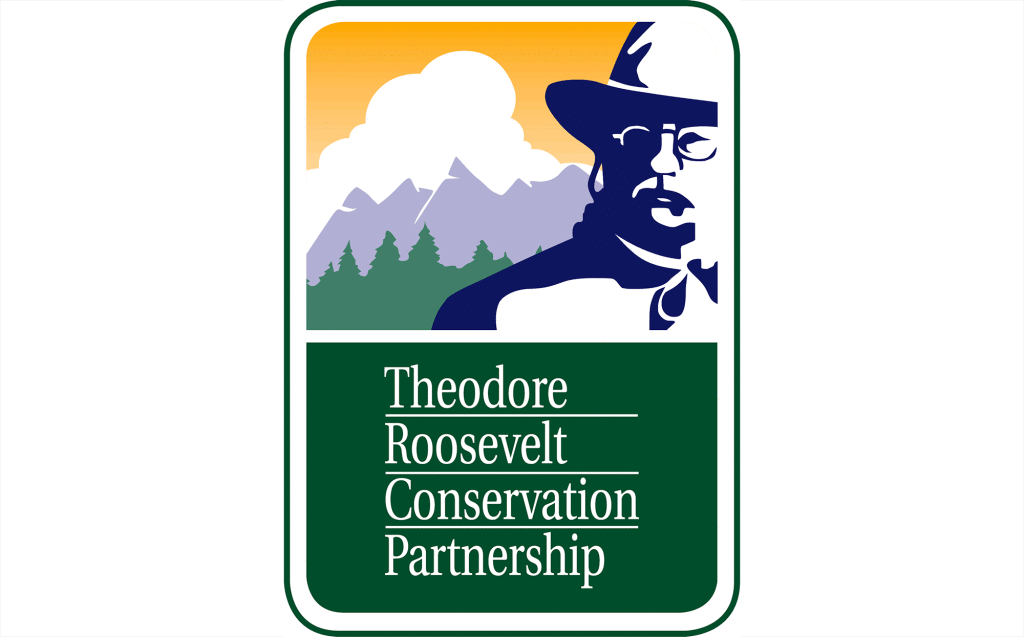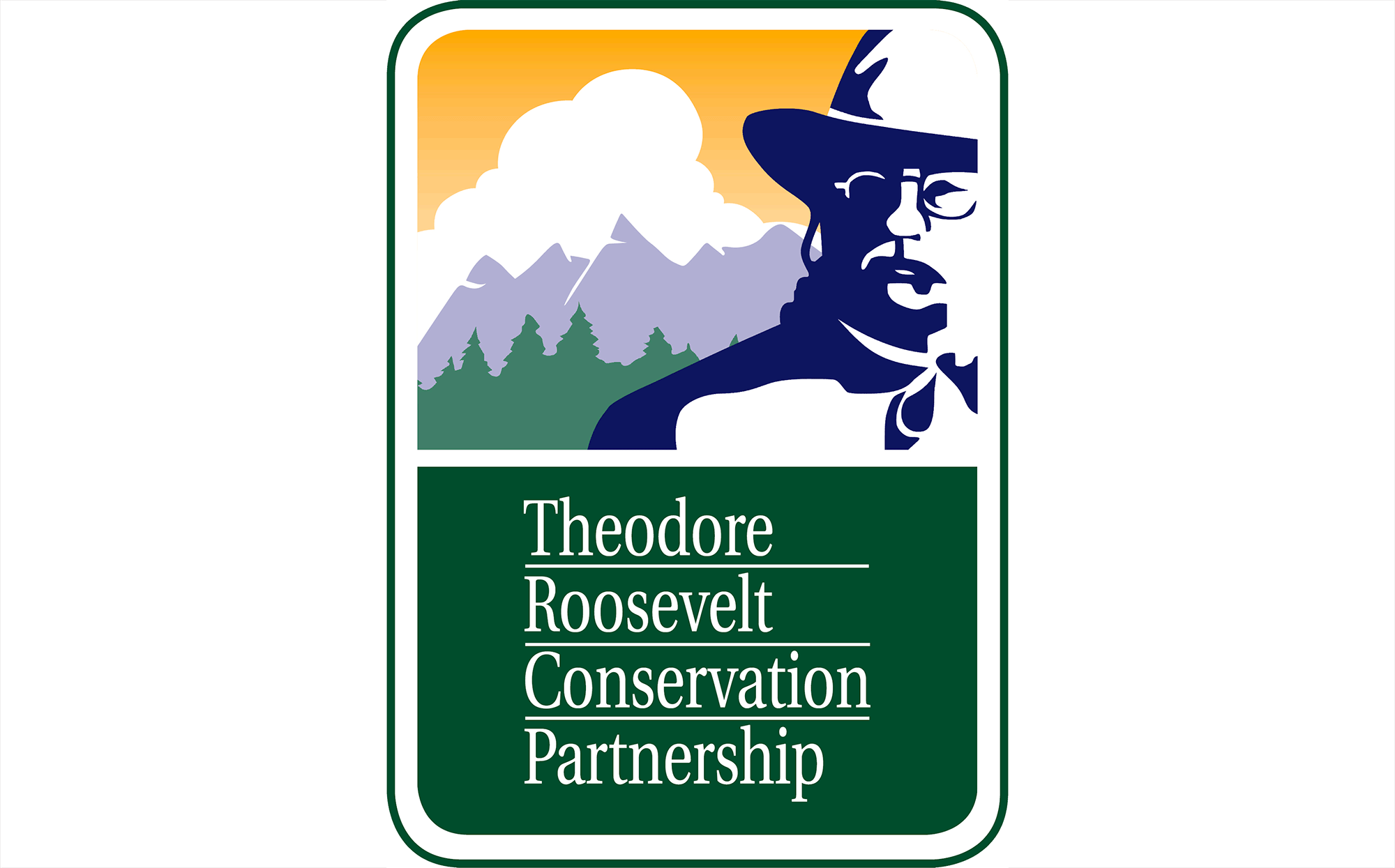How Maintenance Backlogs Could Affect Your Hunting Season

Picture this: You draw a special deer tag in a unit you’ve never hunted before, and like most people, you’re busy. So, you study maps and satellite imagery to mark roads and trails on your GPS, but family and work obligations prevent you from being able to get out there and scout in-person.
You could be pulling into camp the day before a six-day hunt, with your entire strategy reliant on being able to use access that you’ve never laid eyes on. It’s not ideal, but it happens. And there is a real possibility that you’ll be confronted with washed out roads and deep ruts that make passage difficult or impossible by vehicle, while some non-motorized trails are so overgrown that you can’t even find them to hike on.
No one wants to burn up half their hunt frustrated by road and trail conditions that fall short of their expectations. But this kind of access to public lands has become more difficult for America’s sportsmen and women because of the massive maintenance backlogs at many federal land management agencies—not just the National Park Service. It’s time to recognize the breadth of this challenge and how it plays out during your hunting and fishing season.

Know the Numbers
According to the U.S. Fish and Wildlife Service, more than 36 percent of American hunters depend on public lands for some or all of their access. In the West, where the BLM oversees 245 million acres of multiple-use public lands, 72 percent of hunters rely on public lands. When the roads and trails on these lands become difficult to navigate, these are the sportsmen and women who waste their precious time afield and get frustrated with land managers.
Currently, the Interior Department has a maintenance backlog totaling roughly $16 billion. While the bulk of that figure—or $11.6 billion—is tied to national parks, America’s sportsmen and women remain concerned about the backlogs at the Bureau of Land Management and the National Wildlife Refuge System, which have a combined backlog of $2.2 billion. Meanwhile, at the Department of Agriculture, the U.S. Forest Service has a backlog totaling more than $5 billion, an issue further exacerbated by the practice of “fire borrowing” before this fix.
![[DRAFT] Deer Hill Trail: National Public Lands Day 2017](https://coveyrisemagazine.com/wp-content/uploads/2018/03/c6.jpg)
Combined, these agencies manage public lands that provide some of the best hunting and fishing opportunities in the country. But nothing is more frustrating than having to ground-truth every route to make sure they are accessible as presented on a map. Especially in today’s world, when time is precious and most people don’t have extra days to spare.
Loss of access is often cited as the number-one reason hunters quit the sport. With hunting numbers already in decline, creating a ripple that reduces funding for state wildlife conservation, we can ill-afford to let a backlog of repairs put negative pressure on hunter retention and recruitment.
Finding a Solution
The deferred maintenance backlog across federal agencies and Americans’ access to public lands appears to be top-of-mind for the administration. In his recent infrastructure proposal, President Trump offered a new funding stream to address the maintenance backlog on lands managed by the Interior Department, including our nation’s parks and wildlife refuges. And Secretary Zinke has been outspoken about the maintenance backlog issue, even as he has urged agency staff through two Secretarial Orders to prioritize public access to outdoor recreation like hunting and fishing.
Creating a solution will be critical, but it can’t come at the cost of other important conservation programs. While the TRCP supports initiatives to address the significant maintenance backlog on our nation’s public lands, we are opposed to efforts to restructure programs like the Land and Water Conservation Fund with an aim of shifting funding from one important need to another.
Instead, we need an all-of-the-above strategy: Reauthorize the Land and Water Conservation Fund to continue creating access where there is none, recognize that the maintenance backlog issue is meaningful for more than just national park visitors, and identify new funding sources to deal with it.
We urge Congress and the administration to work together and find a bipartisan solution to address the maintenance backlogs on BLM lands, wildlife refuges, and national forests—in addition to a critical fix for our national parks. A true solution will also uphold the integrity and purpose of other critical public lands programs, like LWCF—it won’t rob Peter to pay Paul.
SHARE ON
You may also like
The role corn plays for gamebirds and economies ac...
Sportsmen’s conservation policy issues from publ...
Sportsmen’s conservation policy issues from publ...



























